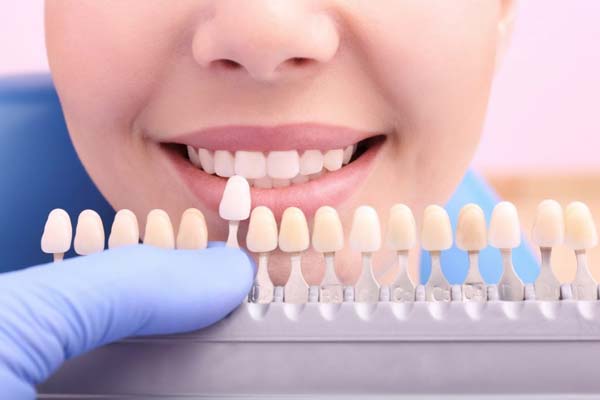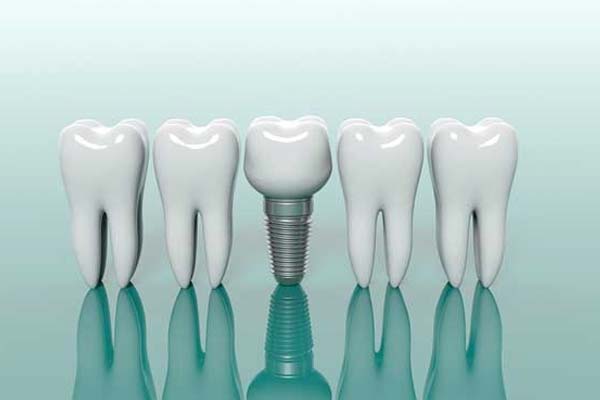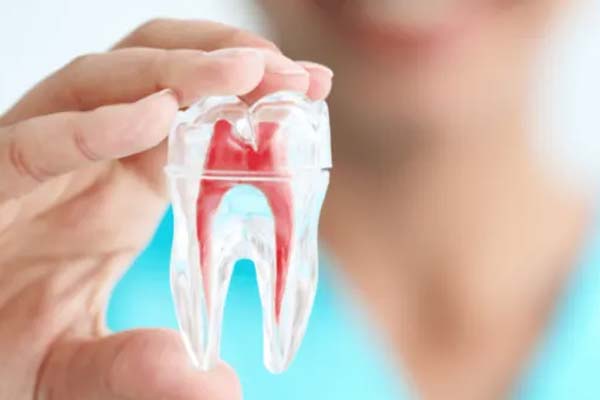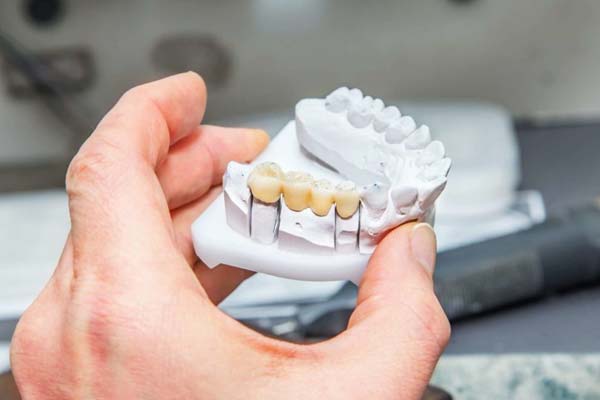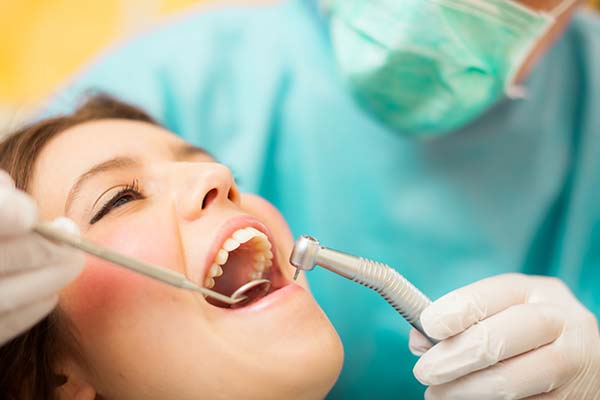A dental implant is a solution to replace a missing tooth. It is a medical device with a shape that mimics that of the root of the tooth. Through a simple surgical procedure, it is placed and after a variable healing period, it is restored with the placement of a crown or a prosthesis that will return the lost functionality and aesthetics.
Types of dental implants according to material
Dental implants are generally made of biocompatible titanium, although there is another equally safe material that is also used to manufacture implants: zirconium.
- Titanium dental implants
They allow their integration with the bone to be very effective and their rejection is very difficult. This process is known as osseointegration and is highly biocompatible. - Zirconium dental implants
Zirconium is a highly resistant and durable ceramic material. It is also used to make crowns, bridges and prostheses due to its color similar to that of dental pieces.
Types of implant restorative solutions
- Crowns on dental implants
The crown is the external dental piece, made to measure, to replace the missing tooth. First, the implant is placed inside the bone, once the osseointegration process is complete, a piece called the pillar is placed, which is the one that joins the implant and the crown.
The crown is made in a personalized way, measurements are taken of the hole to be replaced, the color shades of the original teeth and in the dental prosthesis laboratory the piece is produced in a similar way to the natural tooth. Once achieved, the crown is placed on the implant. - Bridges on implants
When the patient needs several adjacent teeth to be replaced, instead of performing a single implant procedure, that is, one by one, a piece is designed that replaces all of them at the same time. This piece is known as a bridge.
In the past, bridges were attached to the surrounding healthy teeth. However, this technique had consequences and wear on healthy teeth by having to prepare their structure. Today you can place two implants that fix the bridge on the gum and avoid the problems caused by other alternatives. - Total solutions
When the patient needs to have a complete arch replaced, either the upper jaw or the mandible (or both), dental prostheses are made that will be placed on the implants. Implants, 6 or 8, are placed, which fix the pieces to the gum safely and effectively. These prostheses can be made in different materials, individualizing each case.
In certain situations, to replace the complete dental arch, there are restoration alternatives on a reduced number of implants. The overdenture is a solution on 2 or 4 implants that the patient removes to proceed with its hygiene. The implants allow the overdenture to be retained through a tongue-and-groove system and ensure its stability. - Bone graft
Advances in oral health mean that an implant can be placed even in those patients who have an area of the mouth with little bone. When the bone area is insufficient, a bone graft can be used.
The graft is placed to both increase the height of the bone and its width. Likewise, it can be grafted in the upper jaw as well as in the mandible. Today, this technique is used to solve any bone problem. However, certain parameters of the patient must be taken into account – oral health, if he is a habitual smoker, etc. to assess the best option for your problem.
Why should we have an implant?
- Health: the non-replacement of the missing tooth entails some side effects such as the progressive inclination of the adjacent teeth and the extrusion of the antagonist (tooth that falls out), which complicates the possible placement of the implant in the future, as well as chewing and hygiene .
- Safety: implant treatments have higher success rates than any other dental restoration technique. It is a very conservative treatment, since it keeps the rest of the teeth in the mouth intact. In addition, the implants facilitate the correct adaptation of the pieces in the mouth using a highly biocompatible material, titanium.
- Quality of life: they incorporate a stability and sensation similar to that of natural teeth. You will be able to smile, eat, talk without worry, without conditions, or discomfort, and have a lot of security, since the prosthesis does not move.
- Aesthetics: they are the most aesthetic solution to replace lost teeth. It will improve your appearance and you will have a more rejuvenated appearance, since the absence of teeth causes bone loss, with consequent facial aging.
How long do dental implants last?
Dental implants are a treatment that can last many years, although if they are not cared for correctly they will last less than expected. To keep the implants in perfect condition, it is necessary to have a correct, specific hygiene adapted to carrying dental implants and to go for regular check-ups .
Every 6 months it is necessary to go to the dentist to carry out check-ups and periodontal maintenance. There are different risk factors that favor the appearance of inflammation or infection in the area of the implant. For this reason, it is necessary to maintain careful oral hygiene -brushing teeth and interdental cleaning-. In addition, it is advisable to quit smoking if you have it as a habit.
Carry out these three simple recommendations: hygiene, check-ups and smoking cessation; They will allow the implant to remain in good condition in the long term.
Is it painful to get a dental implant?
The dental implant is placed by a professional specialized in implantology who will apply local anesthesia to perform the procedure efficiently and safely. During the intervention we will not notice any pain.
Once the procedure is finished, the surgeon will give us a series of guidelines to follow so that the postoperative period is as little annoying as possible, both pharmacological and lifestyle. For osseointegration to be effective, you have to wait a few months, this process is not painful.
Phases of dental implant treatment
- Phase 1: the implantologist will carry out a preliminary study in order to determine the number of implants you need and find out if you have enough bone for their placement.
- Phase 2: in the event that there is not enough bone available, each case is assessed individually to choose the most appropriate bone regeneration technique.
- Phase 3: whether or not a sinus lift was necessary, the implants will be placed in the maxilla or mandible under local anesthesia.
- Phase 4: it is important that the implant is firmly attached to the bone. For this reason, a few months will be allowed for the placement of the final implant prosthesis. During this period we will place a provisional prosthesis that will cover the missing teeth.
- Phase 5: once the implant has been integrated into the bone, the doctor will place the final prosthesis (visible external part of the tooth) that is cemented or screwed to the implant.
Post-operative dental implant
The postoperative period of a dental implant should not have major complications in the patient, as long as he scrupulously follows the dentist’s instructions, such as:
- Do not eat any food until the effect of the anesthesia has completely passed and the numbness has disappeared (4-6 hours after the intervention).
- During the first days you will have to follow a soft or liquid diet, making sure that the food is not too hot.
- To reduce pain, cold can be applied (from the outside of the mouth) on the intervened area and use analgesics or anti-inflammatories.
- You should not smoke or drink alcohol.
- Maintain careful oral hygiene.
- On the first night, while sleeping, it is recommended to keep the head at a higher level than the rest of the body.
- Avoid performing physical efforts such as lifting weights or playing sports during the week after surgery.
A time of between 7 to 10 days is necessary for the wound to heal and the stitches to be removed. Once the stitches are removed, it is important to avoid touching the implant with your fingers or pressing it with your tongue, as this can affect the osseointegration process. Brushing for oral hygiene in the implant area must be done delicately
After this first phase of recovery, it must be taken into account that between 1 and 6 months must pass before the final prosthesis can be placed on the implant and the functionality of the replaced tooth can be fully recovered. Therefore, during this period it is also necessary to maintain a series of care indicated by the specialist.




